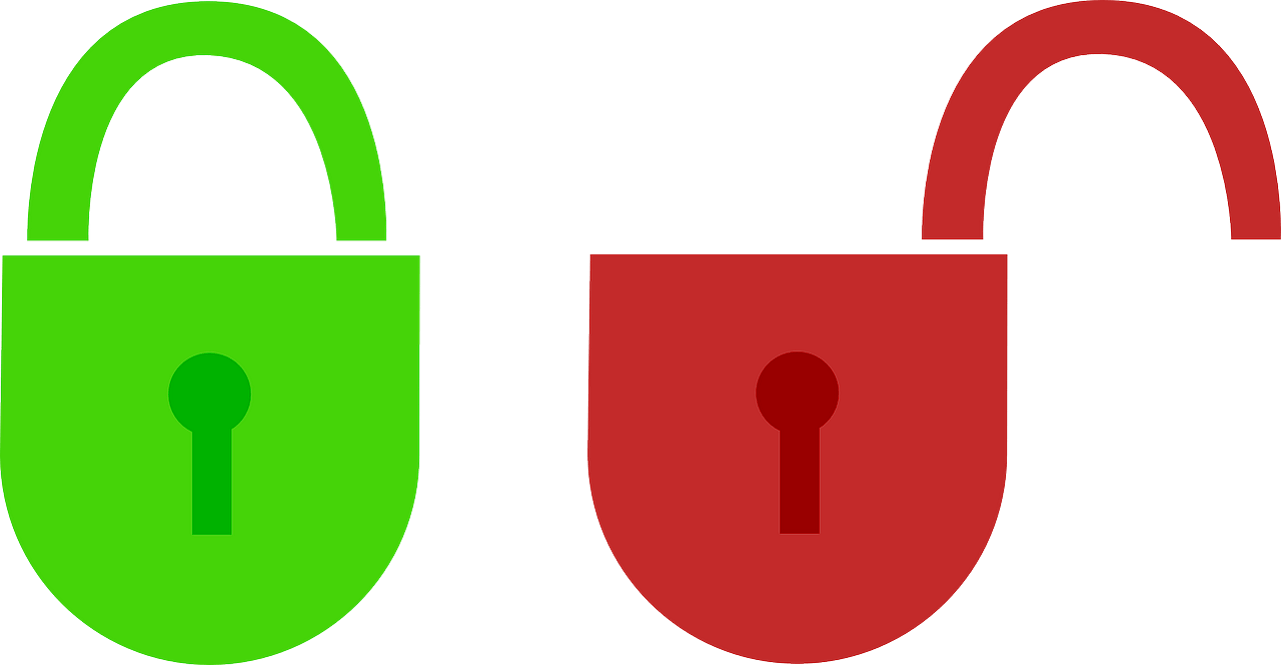Minimizing the Risks of Domain Name Scams – Essential Measures for Conducting Safe and Secure One-to-One Domain Name Transactions.
Buying a domain name directly from a seller can be risky. This is because scammers are taking advantage of the high demand for domain names to defraud unsuspecting buyers. To avoid falling victim to such scams, it is essential to take measures to protect yourself when doing one-to-one domain name buyings. In this article, we will explore some of the measures you can take to minimize the risks when buying a domain name directly from a seller.
- Conduct Due Diligence
Before engaging in any conversation with a seller, it is essential to conduct due diligence. This includes researching the domain name and the seller to gather as much information as possible. A simple Google search can reveal a lot of information about the seller and the domain name. You can also use domain name lookup tools like WHOIS to check the domain name’s ownership details. It is important to verify that the seller is the actual owner of the domain name.
- Save Conversations
It is important to save all conversations you have with the seller. This includes emails, forum messages, and chat messages. When communicating on a forum, always quote the seller’s message in your response so that they cannot edit their original message. Also, take screenshots of all conversations you have with the seller, as this can serve as evidence in case of a dispute.
- Use Escrow Services
An escrow service is a third-party intermediary that holds the funds until both parties have fulfilled their obligations. Using an escrow service can protect both the buyer and the seller. When using an escrow service, the buyer sends the funds to the escrow service, and the seller transfers the domain name to the buyer. Once both parties have fulfilled their obligations, the escrow service releases the funds to the seller. This minimizes the risk of fraud, as the escrow service ensures that both parties fulfill their obligations.
- Use Secure Payment Methods
When making payments, it is important to use secure payment methods. PayPal is a popular payment method that offers buyer protection. If you use PayPal to buy a domain name, make sure to fill in the reason for sending the money as “To buy the X domain name.” This will help you in case of a dispute, as PayPal will be able to see that the payment was made for a specific purpose.
- Verify the Domain Name’s History
It is important to verify the domain name’s history before making a purchase. This includes checking the domain name’s age, previous ownership, and any past disputes. You can use domain history tools like DomainTools to gather this information. This will help you identify any red flags and make an informed decision.
- Verify the Seller’s Identity
Verifying the seller’s identity is crucial when buying a domain name directly from a seller. You can use identity verification tools like ID.me to verify the seller’s identity. This will give you peace of mind knowing that you are dealing with a legitimate seller.
- Consult a Domain Name Expert
If you are new to buying domain names, it is advisable to consult a domain name expert. A domain name expert can help you identify any red flags and guide you through the buying process. This can save you time and money in the long run.
Buying a domain name directly from a seller can be risky. Taking the measures mentioned above can help minimize the risks. Always conduct due diligence, save conversations, use escrow services, use secure payment methods, verify the domain name’s history and the seller’s identity, and consult a domain name expert. By following these measures, you can protect yourself when buying a domain name directly from a seller.
What measures have you taken to protect yourself when buying a domain name directly from a seller? Have you ever fallen victim to a domain name scam? If so, what measures did you take to recover your money? Share your experiences and insights in the comments below.

